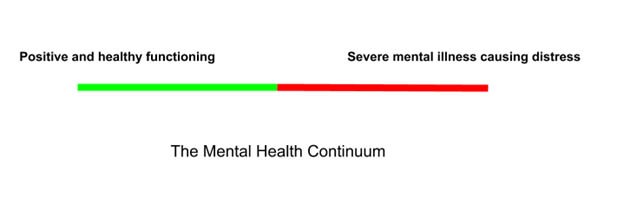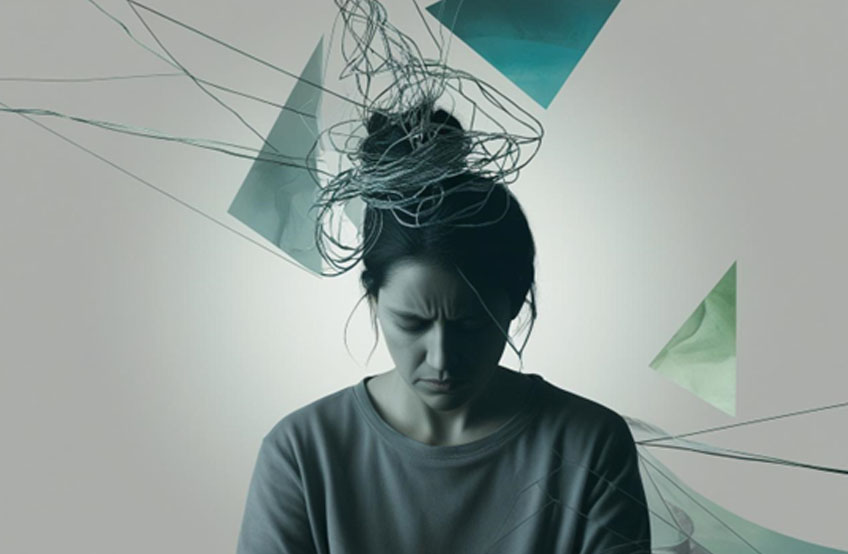
We all know about our physical health? But how much do we know and understand our mental health?
More often than not, the word Mental is associated with negative meaning in our society.
People do confuse Mental health with mental illness. These 2 are not the same!
However, it is important to remember that poor mental health can have negative impact and lead to mental and physical illnesses.
Over the years we have gathered knowledge around the do’s and don’ts related to physical health. However, can we say the same about Mental Health?
So, what is Mental Health?
It is
- Being Resilient and able to cope
- Feeling in Control
- Being Confident
- Feeling Good about yourself
- Managing and expressing your emotions
- Building and Maintaining Good Relationships
World Health Organization (WHO) describes Mental health as a state of well-being in which every individual realizes his or her own potential, can cope with the normal stresses of life, can work productively and fruitfully, and is able to make a contribution to her or his community.
What is Mental illness?
It normal to feel stressed, anxious, worried, afraid or angry in certain situations. However, when these emotions become severe it causes distress and problems functioning at work, home and in social situations. When these problems become persistent overtime, it can develop into Mental health problems.
Mental illness refers to a wide range of disorders that affect mood, thinking and behavior.
Different types of Mental Disorder
Depression, Anxiety, OCD, PTSD, Schizophrenia, Bipolar Disorder, Perinatal Depression, Eating Disorder, Social Phobia.
When left untreated mental health can become chronic and long lasting and associated with increased Disability. They significantly have an impact in daily functioning and frequently interfering with family, Social and work responsibilities.
Mental Health Continuum
It is a range having mental health and mental illness at the two extreme ends. Depending on the internal and external faculties of a person at any time, he can lie at one point of the continuum and shift position as his situation improves or deteriorates.

The Healthy Point
People who lie at this point are generally satisfied and happy in their lives. They are emotionally well-balanced, stable, and goal-oriented.
The Problem Point
This is the mid-range of the continuum. People who lie at this point may show some distress and inability to cope, but are capable of performing daily life functions.
The Disorder Point
This is the end of the continuum, and as the name suggests, people falling under this category are unable to cope with stress and exhibit significant changes in their thoughts, behavior, and actions.
It is important to remember that we all are capable of moving from one end to the other end of the continuum. Being in the red zone does not imply that we cannot be in the green zone again, and vice versa.
– Ranjitha Raj




